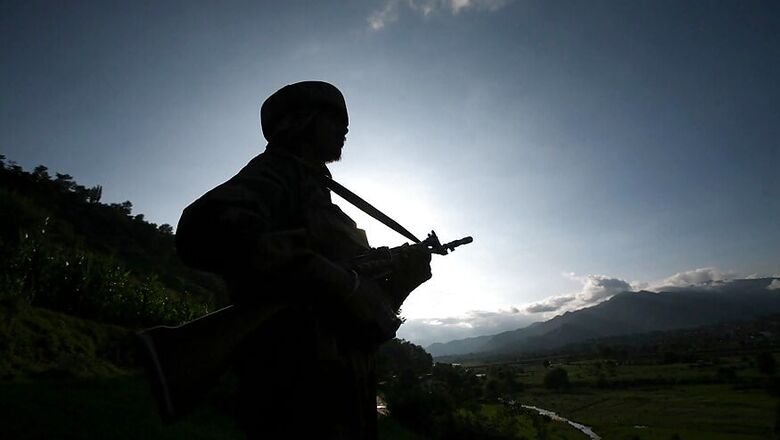
views
Shortly after darkness set in on the evening of September 28, several units of the Indian army slipped by foot, undetected, into various points across the Line of Control, the military border that runs between the Indian state of Jammu and Kashmir and Pakistan Occupied Kashmir (PoK). Their destination was a raft of terror launch pads situated about five-to-six kilometres into the LoC. Several such camps had mushroomed across pockets across the LoC over the years since Pakistan began waging a covert war against India in the state of Jammu and Kashmir.
One such pad had been the springboard of an attack on an Indian army base camp in the Uri sector of Kashmir that left 19 soldiers dead. The covert mission into the LoC, popularly known as surgical strikes, was aimed to inflict the maximum number of casualties on terror groups supported by Pakistan. According to intelligence gathered by the armed forces, several terrorists were holed up in houses and makeshift tents, where they assemble before they begin their infiltration into Indian territory.
If the operation went according to plan, the Indian military units would surround the terror camps, shoot and kill terrorists at close range, destroy the properties, and then return to their camps safely. It was a chilly evening, and the soldiers wore night-vision goggles and were dressed in camouflage to move swiftly undetected in the rough terrain that straddles the border with Pakistan.
The units leading the attack were a mix of special forces and infantry units (the identities of the units, and other details are being withheld to maintain confidentiality). Although the decision to carry out the strikes had come in the days after the Uri attack, the units had rehearsed the operation for several months, said Lieutenant General PS Hooda, the Northern Command army commander who oversaw the planning and conduct of the surgical strikes.
It wasn’t their maiden ingression across the LoC. The teams were familiar with and trained for the terrain, having clandestinely entered the military line on several occasions in the past, a reason they were chosen for the mission.
That is not to say there were no challenges. Due to its acrimonious history with India, Pakistan had always maintained a state of high alert against India.
The first unit that slipped across the LoC arrived in the vicinity of one of the camps. They began to study the target area. The members of the unit were familiar with the terrain thanks to satellite images but for the attacks to be successful, they had to eyeball the area first hand, according to Lieutenant General Hooda. “The exercise gave them a good idea of the number of houses, people and activity.”
It was time to launch the attack.
The Strategy
India has conducted several surgical strikes against terror groups located across the border in the past but the one launched that September night was radically different in terms of operational execution and significance.
For one, they were conducted across multiple locations across the LoC, in places stretching from Jammu to Kashmir. That gave them a bigger scope than the ones of the past. For another, the government decided to publicise the attacks, displaying a change of strategy in dealing with Pakistan-sponsored terrorism.
The surgical strikes also came in the backdrop of simmering public anger because of the Uri attack. That apart, there were a number of ceasefire violations by Pakistan, protests by Kashmiris were raging in Jammu and Kashmir and an increase in the number of infiltrations by terrorists with Pakistani financial support.
Against this backdrop, it was easy for both the army and the government to reach unanimity in deciding that a surgical strike was imperative.
Soon, the clearance came from the government. The political leadership was keen that the response to Uri had to be more emphatic than the previous responses. A strong message must be sent to Pakistan: they could not continue to sponsor terrorism with impunity.
The Rehearsal
Planning and practical manoeuvres for such complex operations usually take several months. Fortunately, the Indian army has long been prepared for such an eventuality. The collection of intelligence also is an ongoing process. “Specifically for a cross-border operation such as the surgical strikes, the broad planning, groundwork, and training had started a year earlier,” said Lieutenant General Hooda.
Once the decision to act was taken, the units and targets were selected. The mix of special forces and infantry units was an automatic choice given their background and training, said Lieutenant General Hooda.
Detailed planning and rehearsals of the attack began. The type of targets, their location, the kind of infiltration, number of strikes and return to safety were all discussed in multiple briefings.
The units were targeting a motley group of terrorists whose training and defences could not have been top-notch. Nonetheless, they had to be conscious of the response of the Pakistan army that would come to the aid of the terrorists.
That there would be multiple strikes across various destinations in intervals made the whole operation complex. The decision to slip in by foot would maintain an element of surprise but after the strikes by the first unit, that would come to naught. The response of the Pakistan army had to be accounted for.
The night of the attack chosen did not have a specific context, except that they had to be carried out sooner rather than later for the sake of impact.
Although the planning and manoeuvres were done in advance, a final update of the intelligence was gathered to corroborate previous versions. The units received a final go-ahead from the army headquarters and the political leadership.
The soldiers were excited. The mood was very upbeat.
The strike
The first unit that had taken position began the strike with a heavy round of fire. Soon after, they closed in on their targets. Rocket launchers, mortar shells and explosives were used to cause maximum damage.
Such was the density of the assault that several of the buildings in which the terrorists were holed up caught fire.
The units began their return to their camps. This modus operandi would continue in various intervals through the night across several terror pads.
The senior officers marshalling the strikes were worried for the safety of the soldiers. The return to safety was actually the most difficult part of the operation. There were many Pakistani forward posts closer to the LoC and the units had to go past them undetected again. That said, there were contingencies set in to ensure a safe return.
In the end, all the Indian soldiers returned unharmed. There was not a scratch on any of them, said Lieutenant General Hooda. The army units achieved what they had set out to do - inflict maximum damage on the terrorists - but they did not have chance to count the number of casualties, he said.
The first of the units had crossed the LoC just after darkness. The last honed back to safety after the first break of daylight.
The message
Senior officers who oversaw the strikes were pleased that everyone was back safe. The units that carried out the attacks had been instructed to not leave anyone behind, dead or injured.
It was time to celebrate the strikes. “I got together the members of the unit for a round of drinks,” said Lieutenant General Hooda.
Looking back, it is safe to say the strikes realised the objective, which was to send out a strong message to Pakistan that cross-border terrorism will not go unpunished, he said.
“Some may argue that terrorism continues unabated but the aim of the attacks was accomplished. More importantly, it boosted the morale of the forces at an important time.”
















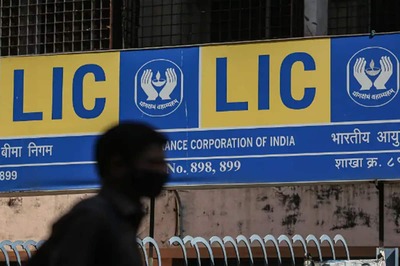
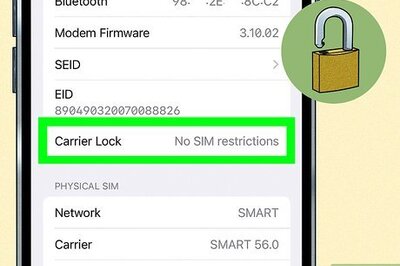
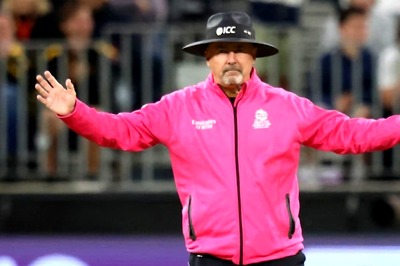
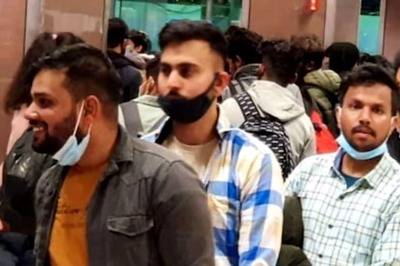
Comments
0 comment